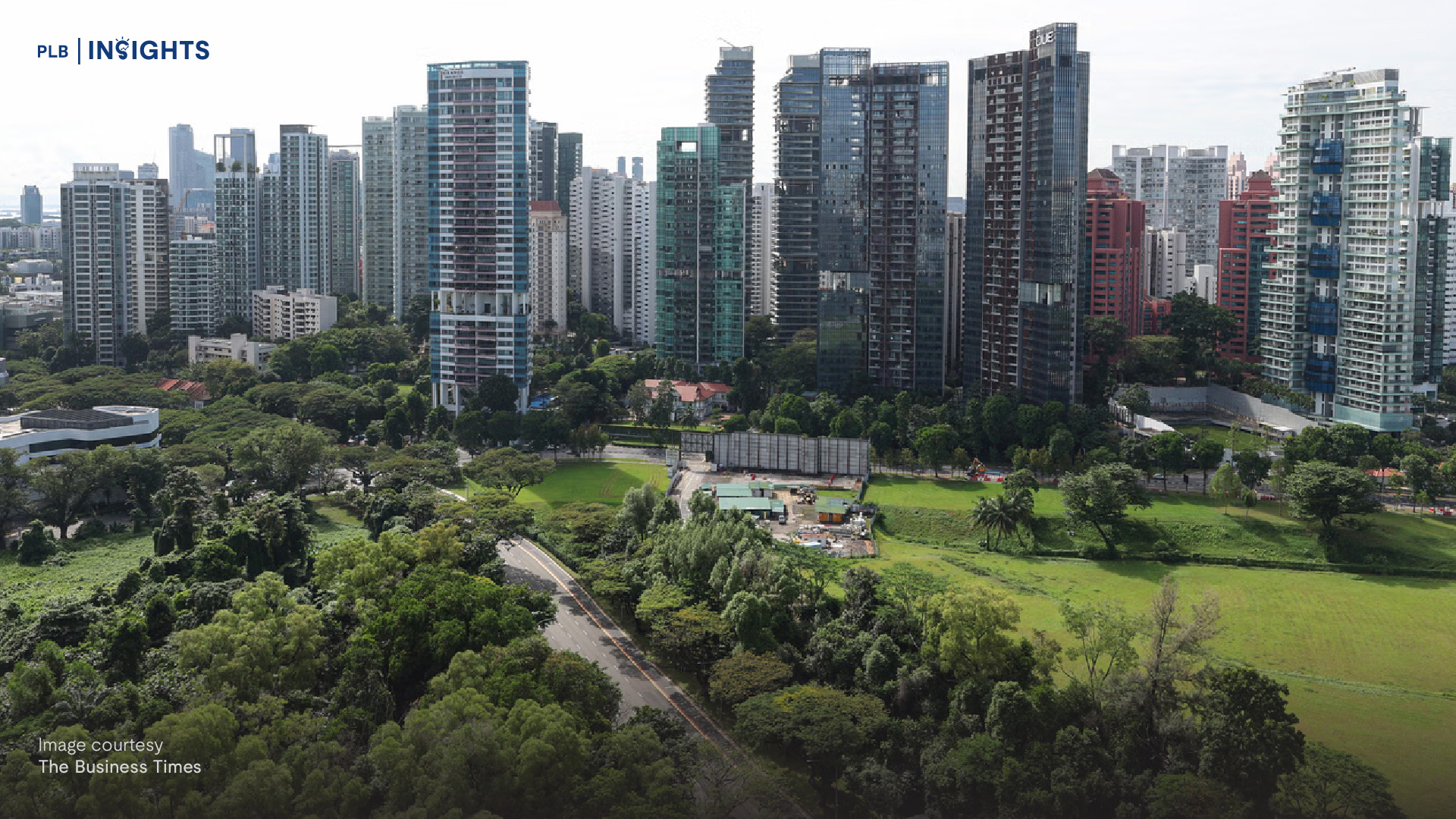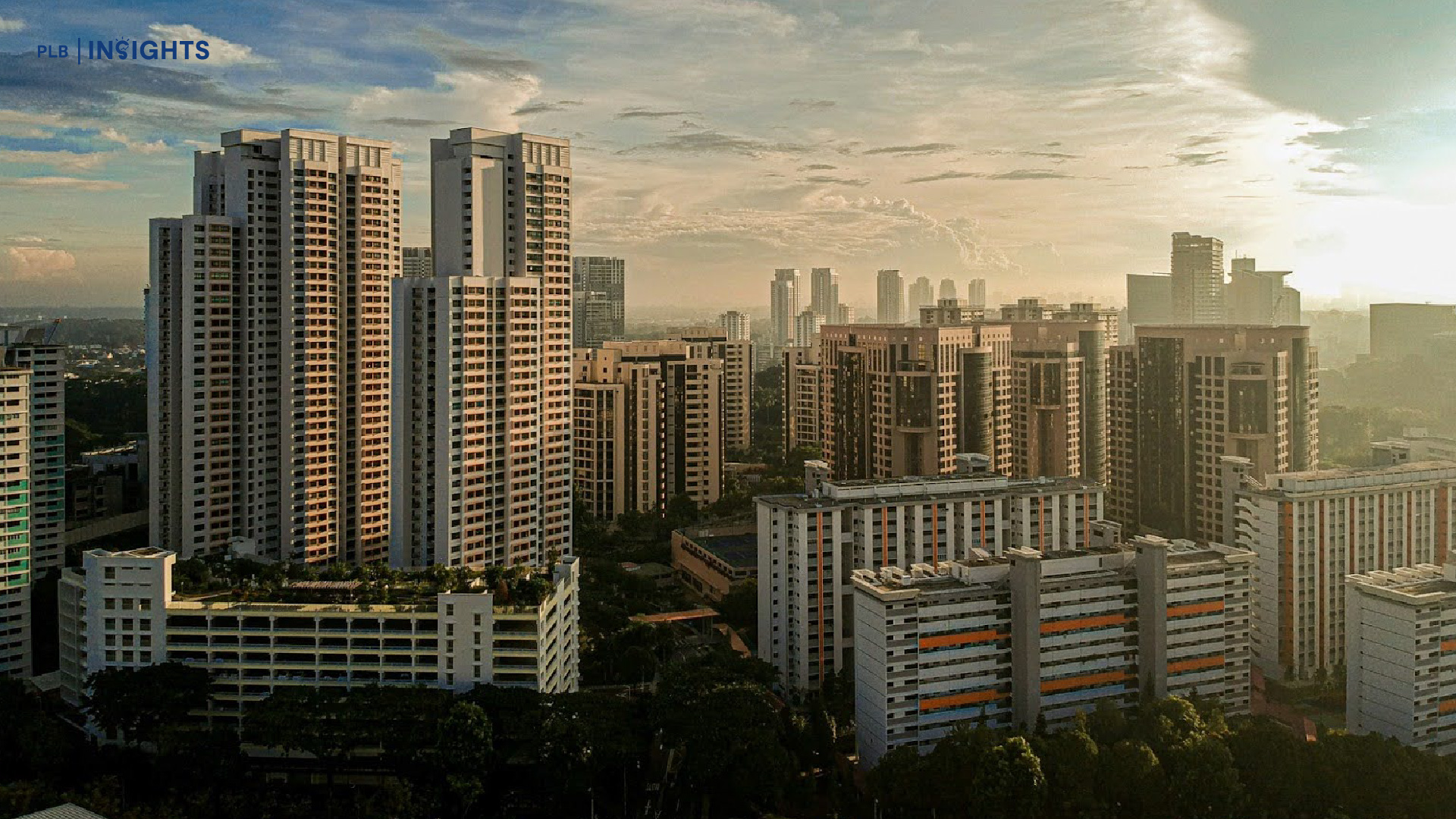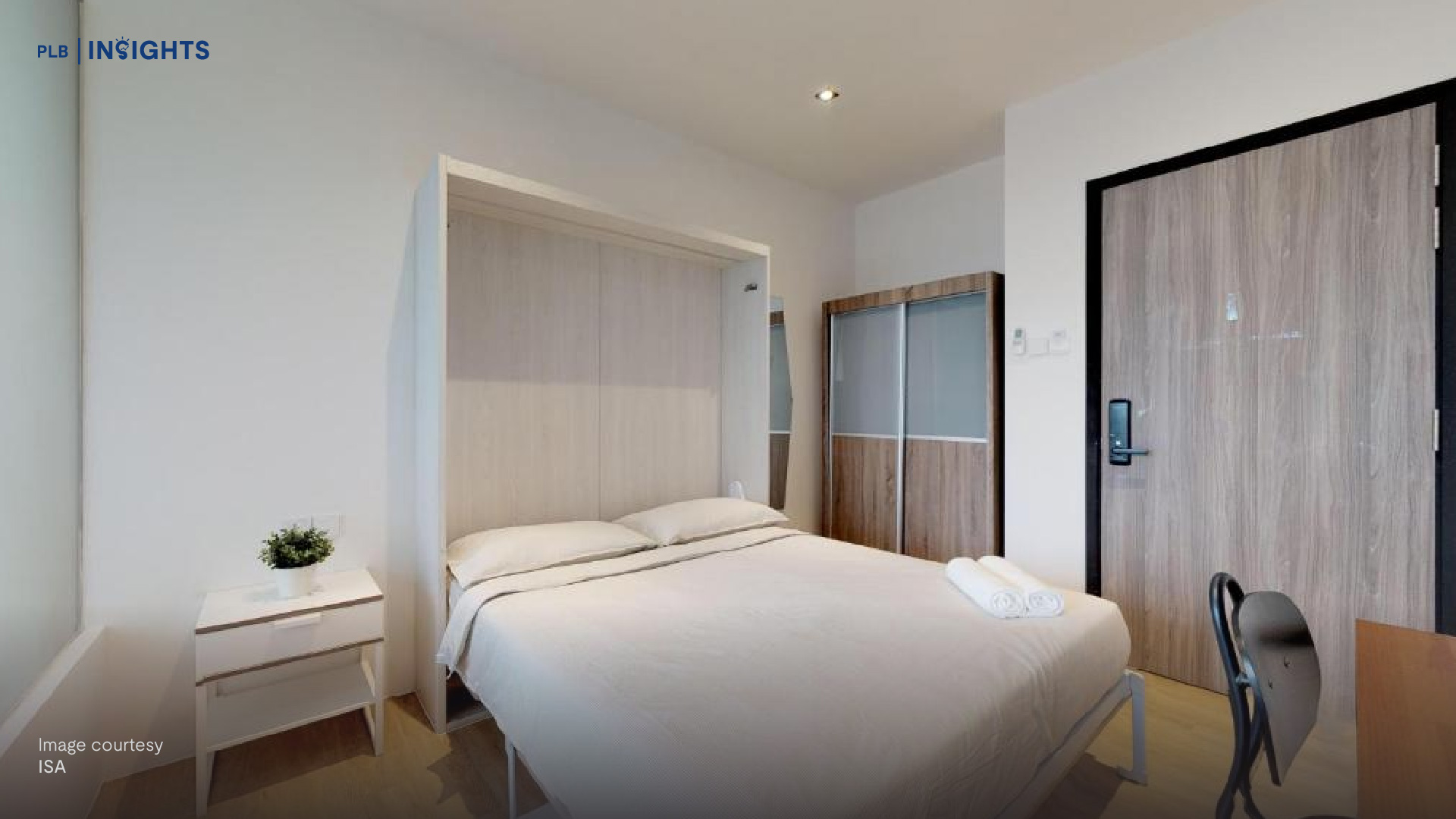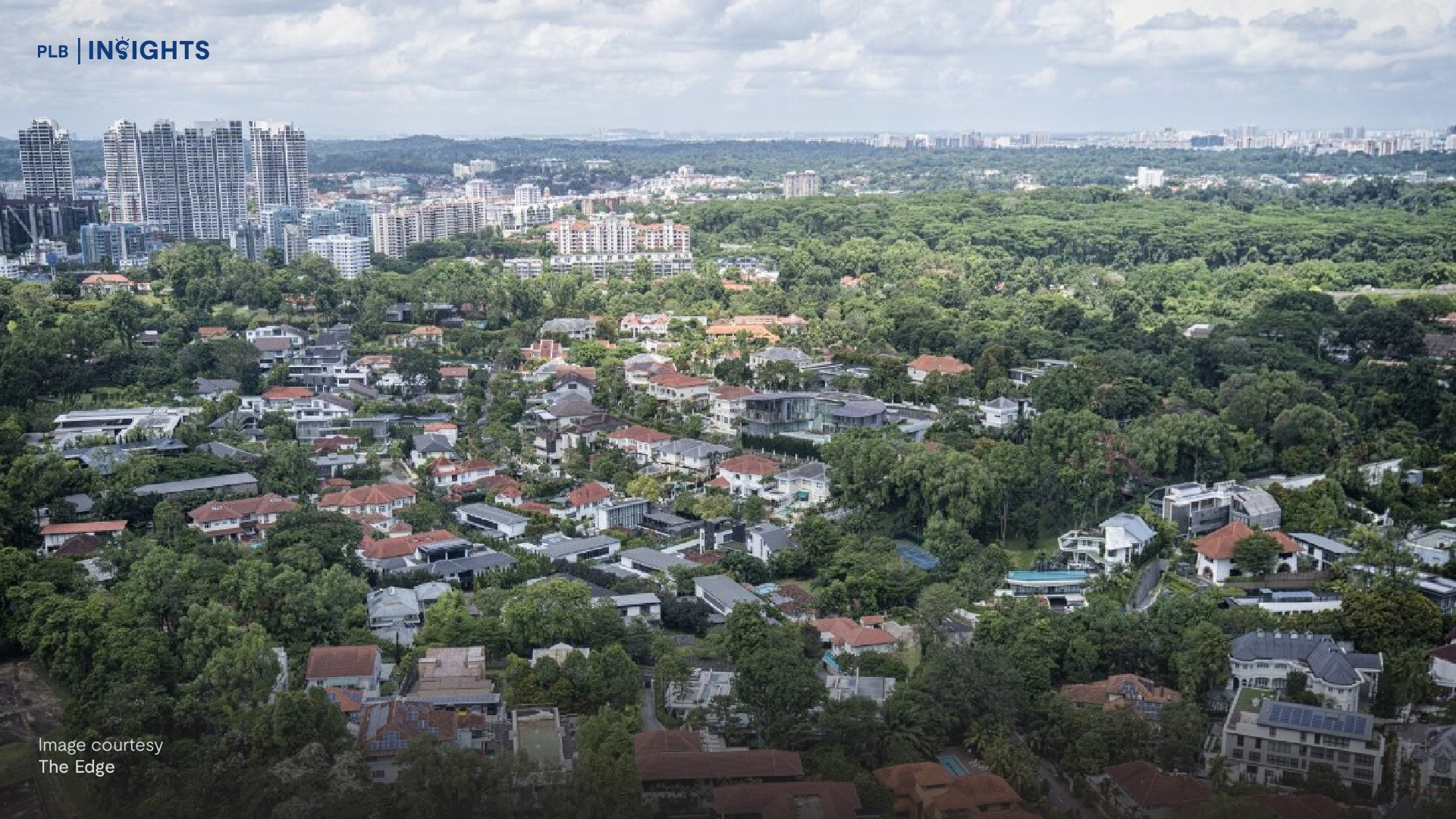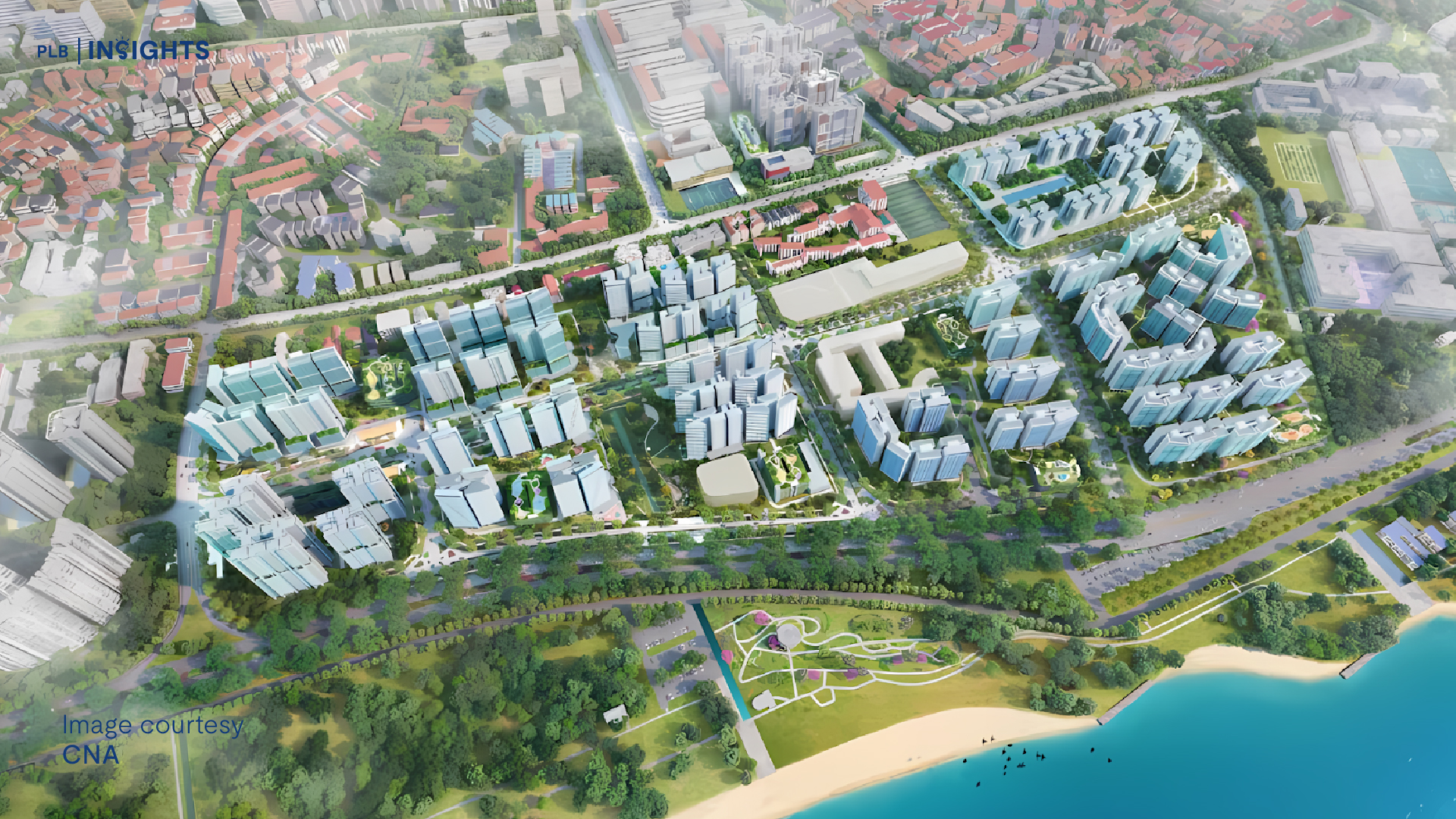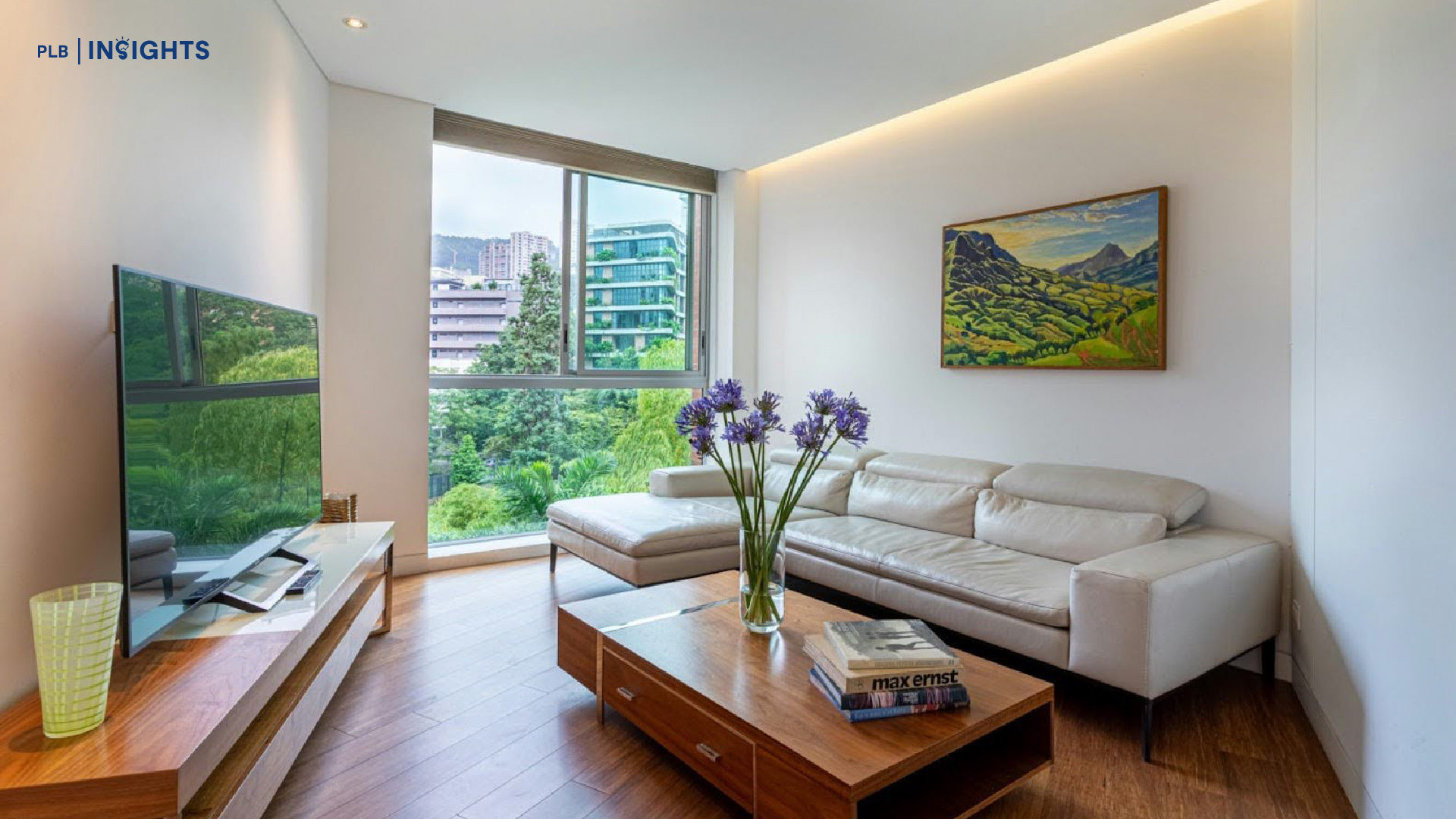
The Urban Redevelopment Authority (URA) recently released its official Q3 flash estimate data for private residential property. Looking at the big picture, private residential property prices largely remained unchanged while the volume of sales transactions notably decreased by 26% on a YoY basis in Q3 2023.
This comes on the back of the latest round of cooling measures which saw Additional Buyer’s Stamp Duty (ABSD) rates increased for Singaporeans and PRs purchasing their second and subsequent properties, and doubled for foreigners and entities.
More significantly, the property price index (PPI) for landed homes saw a sharp dip of 4.9%, the largest quarterly decline since 2009 when prices fell 9.2% QoQ. This decline also ends the 25.1% run-up since landed home prices last dipped in Q2 2021. In this article, we dive into the specific market segments contributing to the drop in landed PPI and examine the underlying factors.
Significant Drop in Median Transacted Price of Detached Houses

According to data retrieved from URA REALIS, the median transacted price of detached houses has fallen sharply by 44.6% since Q3 2022 and it decreased by another 8.4% in Q3 2023 from the previous quarter. Although the prices have always been volatile due to the nature of detached houses, the current downtrend is one of the biggest since 2016 and it is also the first time since 1999 that median transacted price of detached houses have dipped for 3 consecutive quarters.
On the other hand, the median transacted price of semi-detached houses and terrace houses remain relatively stable, increasing by 20.9% and 5.6% respectively from the previous quarter.

Our latest findings into what caused the landed PPI to dip this quarter also revealed the significant decrease in the average PSF of detached houses in Districts 10 and 11 specifically, where the percent differences in PSF are -18.1% and -20.2% respectively. It is also worth mentioning that transactions of detached houses in D10 and 11 account for 57% (with 39.5% in D11) of the entire detached house market. Because of that, it is reasonable to assume that the decline in prices in this specific segment has had a notable negative impact on the overall index.

Zooming out to the prices by region, we see a similar picture – median transacted prices and average PSF of detached houses mostly decreased. Median transacted prices of detached houses in the central, western, and eastern region all experienced a dip.
For the central region, the median transacted price is $14,500,000, down by 5.4% from Q2 2023. The western region’s median transacted price stands at $9,430,000 after falling steeply by 46.3% since Q4 2022, and down by 16.6% from Q2 2023. And the eastern region recorded a median transacted price of $5,975,000, down 42.3% from Q1 2023 and 25.5% from Q2 2023.

The average PSF of detached houses in the central, eastern, and northern regions fell as well. The average PSF of detached houses in the western area went up, despite its median transacted price falling.
For the central region, the average PSF is $1,834, down by 15.6% from Q1 2023 and 11.3% from Q2 2023. The eastern region’s average PSF stands at $1,070 after falling steeply by 42.9% from Q1 2023 and 25.9% from Q2 2023. And the northern region recorded an average PSF of $1,080, down 5.8% from last quarter.

Looking into the transaction volume of detached houses in Districts 10 and 11, we find that there is a significant dip in District 10 while there is a slight increase for District 11. For District 10, what we are seeing is a natural occurrence since average PSF prices typically correlate with the transaction volume. Since transaction volume went down, it is not strange to find that average PSF prices went down in tandem. On the other hand, for District 11, prices went down even though transaction volume went up slightly. This suggests that there is a quantum play rather than PSF play going on in District 11.
However, according to the latest findings on the URA website, the primary object of analysis is the price of private properties. Thus, we infer that median transacted price holds substantial importance in PPI calculations, while not number of transactions (URA did not disclose the calculation steps).
Detached houses exhibit significantly higher prices compared to other property types. Additionally, Districts 10 and 11 command higher prices than properties in other districts. Therefore, the drop in prices in this segment could be a significant contributing factor to the dip in landed PPI.

What This Means For The Landed Market
Due to macroeconomic headwinds and high interest rate environment in the current season, there is a lot of uncertainty in the market. The dip in landed PPI suggests that the landed market might be consolidating back to quantum play. This means that those who favour the landed market are going for lower quantum landed homes such as the inter-terraces, corner terraces, and semi-detached homes ranging from $5 million to $8 million. This would signal a good opportunity for these landed property owners looking to exit from their current properties.
Given the myriad of options in the property market right now, homebuyers are also taking more time to carefully consider their options before making a decision. Because of the rising ABSD rates, homeowners who currently own multiple properties might be facing a dilemma as they are trapped in a situation where they might be considering consolidating their assets and upgrading to a landed property but that would mean possibly never getting to own multiple properties again if they restructure their property portfolio now. This means that more homebuyers are taking a wait-and-see approach to ascertain if the momentum of price increases will persist.
Closing Thoughts
While this might be the steepest correction in the landed market in recent years, landed properties are traditionally seen as the best real estate investment vehicle in Singapore. In land-scarce Singapore, its unique attributes and the fact that the landed supply has plateaued at around 73,000, make this asset class highly desirable and sought-after in the market – and will remain a goal that Singaporeans aspire towards.
Ultimately, property investors should have an in-depth understanding of their needs and what they want out of their property portfolio. If you are thinking of consolidating your assets to enter the landed market, or are looking for a second opinion on your options, feel free to contact us here for a personalised consultation. As always, see you in the next one.

